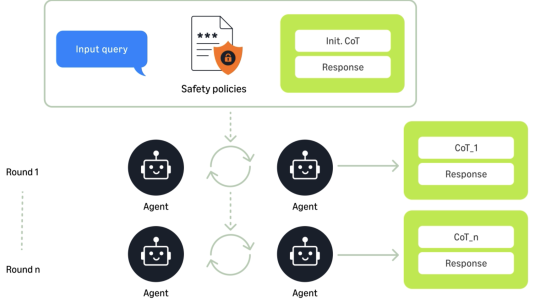Customer-obsessed science


Research areas
-
July 31, 2025Using ensembles of agents to generate and refine interactions annotated with chains of thought improves performance on a battery of benchmarks by an average of 29%.
Featured news
-
CHI 20252025Usability testing is a fundamental yet challenging research method for user experience (UX) researchers to evaluate a web design. Recent advances in Large Language Model-simulated Agent (LLM Agent) research inspired us to design UXAgent to support UX researchers in evaluating and reiterating their usability testing study design before they conduct the real human-subject study. Our system features an LLM
-
2025Fixed-size learned representations (dense representations, or embeddings) are widely used in many machine learning applications across language, vision or speech modalities. This paper investigates the role of the temperature parameter in contrastive training for text embeddings. We shed light on the impact this parameter has on the intrinsic dimensionality of the embedding spaces obtained, and show that
-
2025Direct alignment algorithms (DAAs), such as direct preference optimization (DPO), have become popular alternatives for Reinforcement Learning from Human Feedback (RLHF) due to their simplicity, efficiency, and stability. However, the preferences used in DAAs are usually collected before the alignment training begins and remain unchanged (off-policy). This design leads to two problems where the policy model
-
2025Generative models that satisfy hard constraints are critical in many scientific and engineering applications, where physical laws or system requirements must be strictly respected. Many existing constrained generative models, especially those developed for computer vision, rely heavily on gradient information, which is often sparse or computationally expensive in some fields, e.g., partial differential
-
2025Vision-Language Models (VLMs) have demonstrated impressive performance across a versatile set of tasks. A key challenge in accelerating VLMs is storing and accessing the large Key-Value (KV) cache that encodes long visual contexts, such as images or videos. While existing KV cache compression methods are effective for Large Language Models (LLMs), directly migrating them to VLMs yields suboptimal accuracy
Academia
View allWhether you're a faculty member or student, there are number of ways you can engage with Amazon.
View all





























